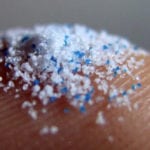 Mysteries
Mysteries  Mysteries
Mysteries  History
History 10 Surprising Stories About the Texas Rangers
 Humans
Humans 10 Philosophers Who Were Driven Mad by Their Own Theories
 Miscellaneous
Miscellaneous 10 Video-Game-Worthy Weapons and Armors from History
 Weird Stuff
Weird Stuff 10 Psychics Who Accurately Predicted Wartime Events
 The Arts
The Arts 10 Pieces of Art Inspired by a Broken Heart
 Health
Health 10 Science Fiction-Sounding New Medical Treatments
 History
History 10 Surprising Facts About the Father of Submarine Warfare
 Space
Space Ten Astonishing New Insights into Alien Worlds
 Weird Stuff
Weird Stuff 10 Bizarre Summer Solstice Rituals Still Practiced Today
 Mysteries
Mysteries Top 10 Haunting Facts About the Ghost Ship MV Alta
 History
History 10 Surprising Stories About the Texas Rangers
 Humans
Humans 10 Philosophers Who Were Driven Mad by Their Own Theories
Who's Behind Listverse?

Jamie Frater
Head Editor
Jamie founded Listverse due to an insatiable desire to share fascinating, obscure, and bizarre facts. He has been a guest speaker on numerous national radio and television stations and is a five time published author.
More About Us Miscellaneous
Miscellaneous 10 Video-Game-Worthy Weapons and Armors from History
 Weird Stuff
Weird Stuff 10 Psychics Who Accurately Predicted Wartime Events
 The Arts
The Arts 10 Pieces of Art Inspired by a Broken Heart
 Health
Health 10 Science Fiction-Sounding New Medical Treatments
 History
History 10 Surprising Facts About the Father of Submarine Warfare
 Space
Space Ten Astonishing New Insights into Alien Worlds
 Weird Stuff
Weird Stuff 10 Bizarre Summer Solstice Rituals Still Practiced Today
Top 10 Facts About Hashtags
Everyone reading this list knows what a hashtag is. They are everywhere on the internet and it’s almost impossible to find social media websites and applications where they’re not used.
However, there’s a lot of misconception out there about hashtags and the once not-so-common hash symbol, which used to be exclusive to businesspeople, and it’s time we resolved them once and for all. So, fasten your seatbelt and let’s get into the list. We’re about to surprise you.
Top 10 Disturbing Facts About Facebook
10 The difference between hash and hashtag

There’s a difference between the hash and the hashtag, and it’s very important that we clarify this before going deeply into this interesting, educating and revealing list.
The symbol (#) is a hash while the symbol and its accompanying word is a hashtag. That is, #Listverse is a hashtag while # alone is not. Yet, many people call the # symbol a hashtag.
Little wonder we all mispronounce #Listverse as “hashtag Listverse” instead of “hash Listverse”. This doesn’t mean you should call it “hash Listverse” though. People may think you’re an alien and we will tell you why in the final entry.[1]
9 Twitter did not invent the hashtag
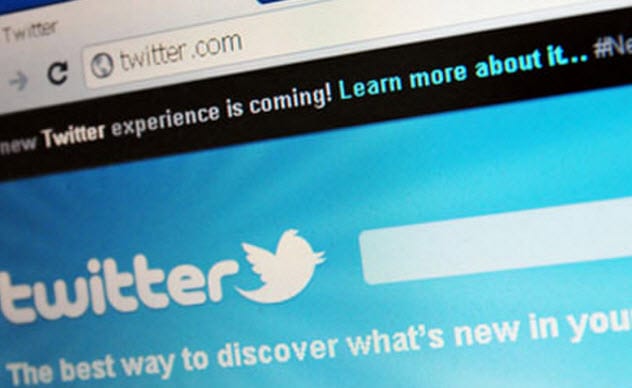
The hashtag first appeared on Twitter. Little wonder many people think Twitter invented it. Twitter did not invent the hashtag. In fact, it was against the invention and use of hashtags, which its executives passed off as “nerdy”.
Twitter user, Chris Messina invented the hashtag in August 2007. Twitter was new at the time and Chris wanted to make tweets more searchable. He suggested we used the hash symbol, which he called “pound”, in front of keywords to make tweets more organized and searchable.
Chris settled for the symbol because it was widely used on the Internet Relay Chat (IRC), which he and his friends used to chat at the time. He immediately started using (the then unclickable) hashtag in his tweets and soon drafted a 2,000-word proposal, which he pitched to one of Twitter’s co-founders, Biz Stone, at Twitter’s headquarters.
Stone barely listened to the proposal because he was preoccupied with solving a tech issue that had propped up. At the end, he dismissed the idea as “too nerdy” to ever catch on and added that Twitter would write an algorithm to sort topics in the future.
Hashtags only caught on during the October 2007 San Diego wildfire when Chris advised users tweeting about the wildfire to use them. Users did, prompting Twitter to update its code to make hashtags clickable. The rest, as they say, is history.[2]
8 Its real name is neither hash nor hashtag
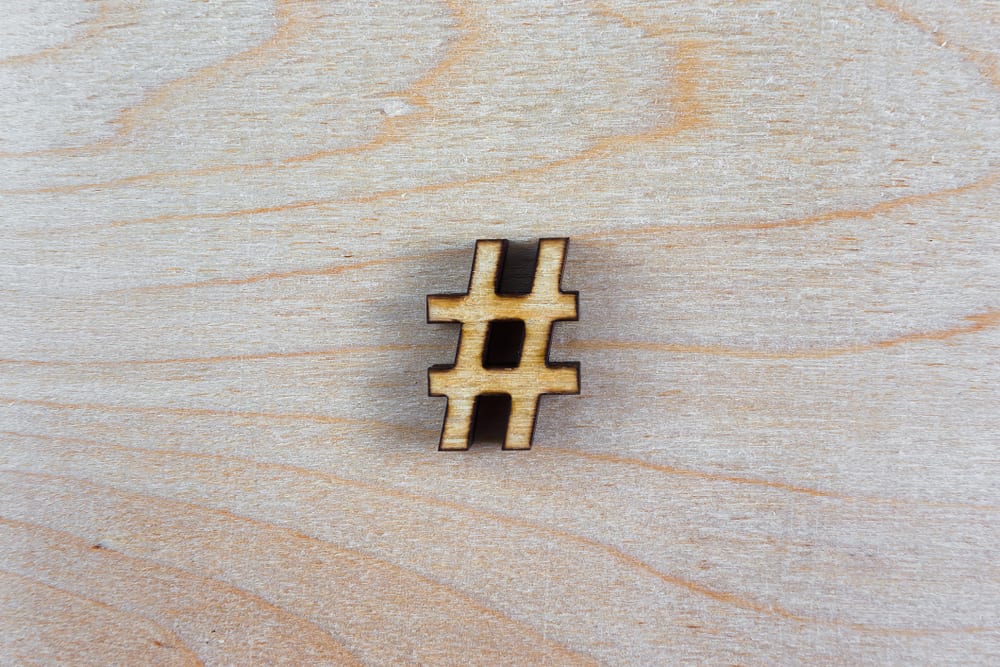
In the previous entry, we mentioned that Chris referred to the hash symbol as “pound” in his tweet. That was not a mistake. The term “hashtag” was nonexistent at the time he made that tweet. Hash itself is a relatively new word and is just one of the many names of the pound sign.
Many people, particularly Americans, call the hash symbol “pound” because it was formed from lb, the acronym of pound and a unit of weight common in the United States. Lb is the shortened form of “libra pondo”, the Latin word for “pound by weight”. Lb slowly turned into # when scribes started adding a stroke to the upper part of lb centuries ago.
The pound sign is called hash because of its close semblance to the stripes on military uniforms, which are also called hash. However, its official name is octothorpe, particularly when it appears on telephones or the internet.
Bell Laboratories researchers formed the name when they added the hash button to telephones. They called it octo- because of its eight ends. The origin of the -thorpe is unclear, but etymologists (people who study the origin of words) agree It was either named after the US athlete, Jim Thorpe, or after the Old Norse word for “farm” or “field”.[3]
7 It was added to telephones for no reason
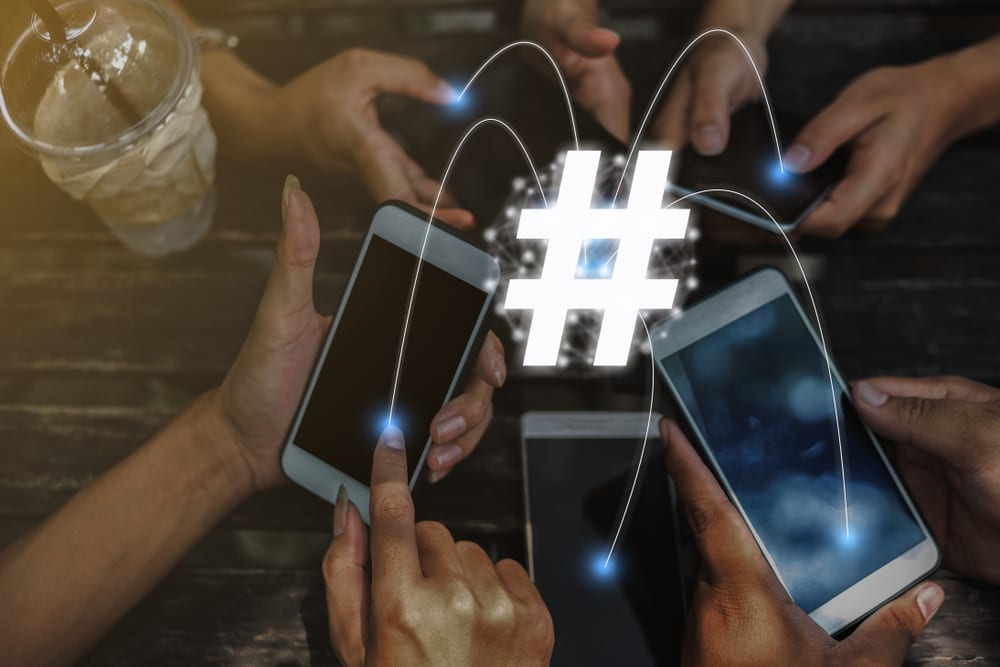
In 1963, telephone manufacturers invented the touch-tone system to solve the dialing problems common with early telephones.
Under this new system, a distinct tone was assigned to the keypads on every row and column on telephones. This meant every number made a sound consisting of two distinct tones, one from its row and the other from its column. The sounds may appear useless and annoying to us, but that’s how the system identifies the numbers we’re pressing.
This means a telephone with 12 buttons arranged in the standard three rows and four columns (3×4) can make 12 sounds. However, early telephones had 10 buttons. Only 0 occupied the last row, leaving the two extra spaces (and tones) to its left and right unused.
Engineers at AT&T, which owned Bell Laboratories at the time, added the * and # buttons to utilize those spaces. The buttons served no purpose and the engineers hoped someone would find some use for them in the future. The buttons were later utilized to access other phone functions, a purpose they still serve today.[4]
6 There are two types of hash
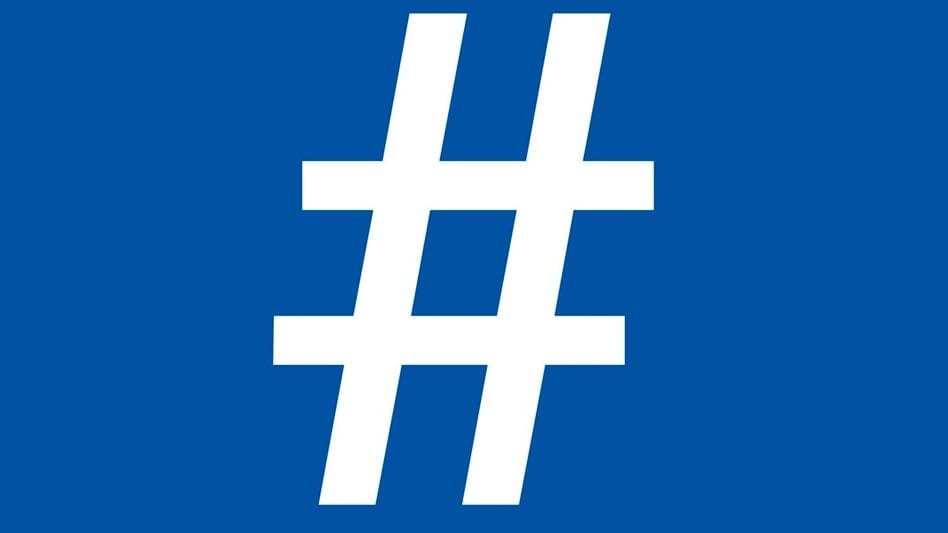
The International Telecommunications Union (ITU) is the United Nations agency responsible for setting common standards for information and communication services and technologies. In 1988, it released a manual, advising telephone makers to arrange their numbers and symbols in one of three ways.
The first is the common 3×4 arrangement, which has 123 at the top, followed by 456, 789 and finally *0#. The other two are the not-so-common 2×6 and 6×2 arrangements. However, the ITU also allowed phone manufacturers use the now redundant 3×3 (+1), 5×2 or 2×5 arrangements, if they decided to skip the * and # buttons.
Talking about the # button, the ITU recognizes two hash buttons. The first is the European version, which stands upright at 90 degrees, and a slightly slanted American version that leans to the right at 80 degrees.
Today, the 90 degrees version appears to have gone extinct leaving the 80 degrees version as the dominant symbol. We should add that the ITU called the hash symbol a square.[5]
9 Sinister Facts About The Dark Side Of Instagram [WARNING: Disturbing]
5 Why C# is called C-sharp and not C-hash
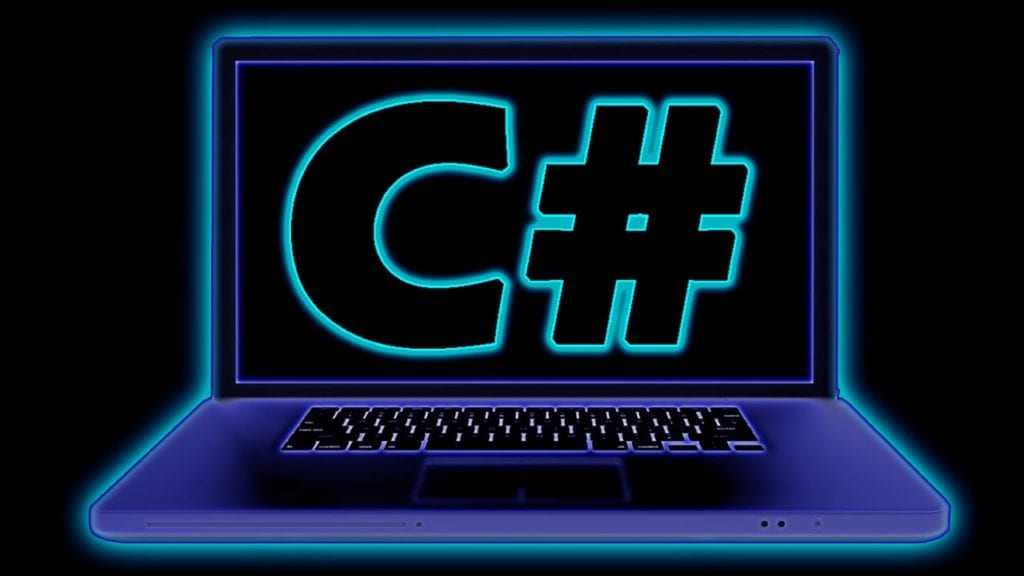
Many people including newbie programmers often call the C# programming language C-hash or C-pound instead of its real name, C-sharp. That’s confusing. Why do we call it C-sharp even though it’s spelled with a hash or pound, depending on your preference?
Anders Hejlsberg, the man who led the team that developed the language, said they originally called it Cool, which stands for “C like Object Oriented Language”. However, they abandoned the name because it was difficult to trademark.
The team turned to the C++ programming language for inspiration for a new name. They added two plus signs to form C++++ before combining all four plus signs to mimic the sharp sign (?) used in music.[6] Technically speaking, C-sharp is written as C? and not C#. However, people use the hash sign because it’s within reach on keyboards.[7]
4 Why Chris never patented it
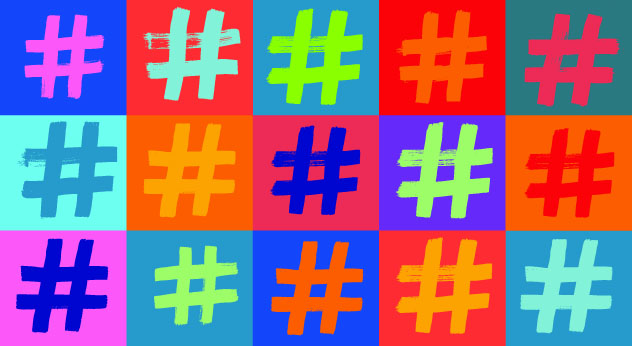
Chris would have been a millionaire or even billionaire if he had patented the hashtag but he did not. In an answer posted on Quora, Chris said he did not patent the hashtag for two reasons.
The first was that a patent would have granted him a monopoly, which would have delayed or even stalled the mass adoption of hashtags. This, he said, was counterproductive and against the rationale behind the creation of the hashtag. He created the hashtag because he wants people to use it. Lots of people, that is.
Chris added that hashtags are a product of the internet and should not belong to a person. He has no interest making money off them and the satisfaction of seeing people use them is enough compensation for him. So readers, use more hashtags. Make Chris Messina happy.[8]
3 How lb became #
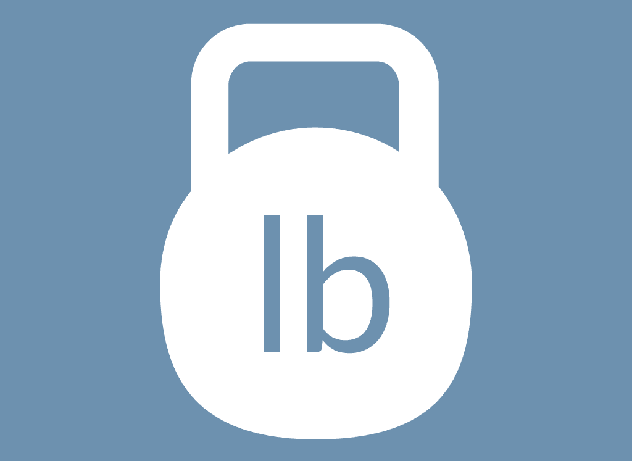
We already explained that the hash symbol originated from lb, the acronym of the Latin “libra pondo” but we’ll go a bit more in-depth in this entry.
The Romans shortened libra pondo to lb and used it as a unit of weight. It remained that way until it entered the English language where scribes added a stroke across the top of l and b to indicate it’s a shortened form of a longer word.
The stroked lb slowly turned into the # symbol as scribes paid little attention to its spelling as they wrote faster. At the same time, the word took a second meaning in English language when businesspeople started using it in place of No. So #1 means No. 1 (or number 1), #2 means No. 2 and so on.
This is why the symbol is also called the number sign. It’s also the reason why typewriter manufacturers retained it, alongside @, which businesspeople used as a shortened form of “at the rate of”. The first typewriters were marketed to businesspeople and it made sense to retain the symbols they frequently used.
# was only included to telephones for the reasons we explained in entry #4.[9]
2 How it got its name
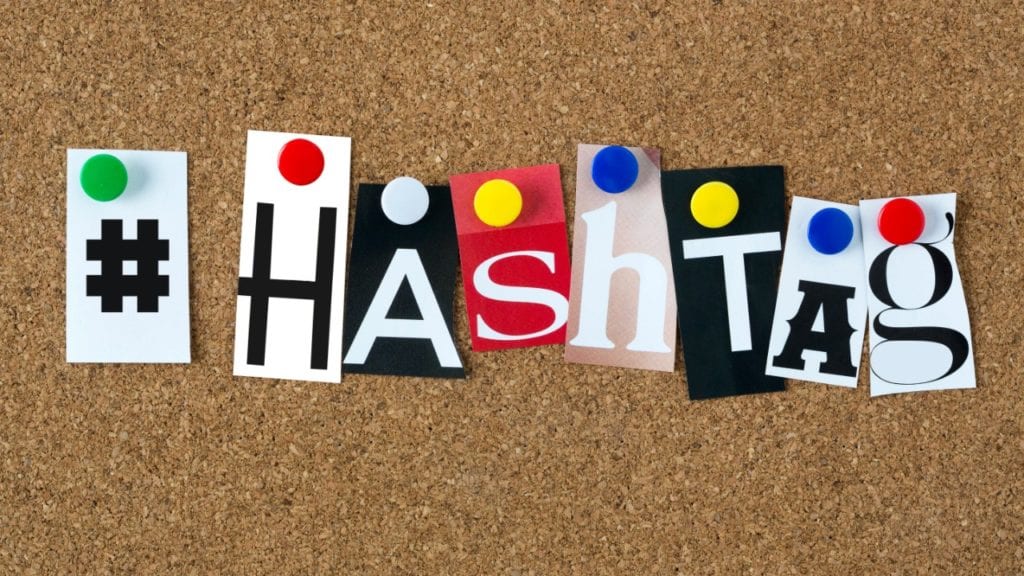
In entry #2, we mentioned that Chris Messina called the hash symbol the “pound” in his now-famous tweet. What we did not mention was that he wanted us to call hashtags “channel tags” or “tag channels” but both names never caught on.
So where did the word “hashtag” come from?
We’ll turn to Stowe Boyd for answers. On the same day that Chris proposed the hashtag, Stowe Boyd commented on his post, proposing we call the hash and its accompanying word “hash tags”.[10] Yes, that was no mistake. It’s supposed to be hash tag and not hashtag.
Someone somewhere closed the gap and joined both words together. We do not know who that person is and we doubt if that person knows they formed a new word. They may have done that out of error for all we know.[11]
1 Why it’s a controversial word
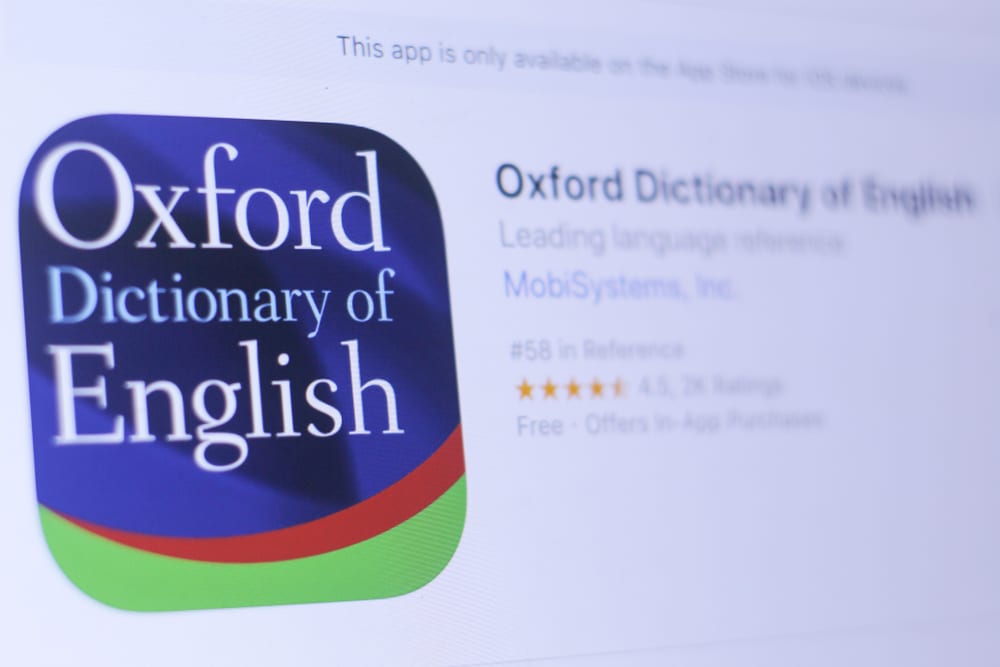
The hashtag officially became an English word when it was added to the Oxford English Dictionary in June 2014. Before then, it was just another slang.
The Oxford English Dictionary adds new words to the English dictionary only if they’ve entered widespread use. Most words begin as slangs or imports from another language before they become official English words.[12]
However, the Oxford English Dictionary complicated things a bit when it defined the hashtag as a word or phrase following the hash symbol or the symbol itself, especially when it appears on a phone or computer.[13] This means it would be correct to call # a hashtag and consequently, #Listverse “hashtag Listverse”.
In case you’re wondering why we didn’t tell you this at the beginning of the list, it was to avoid confusing the symbol with the symbol and word. We used both hash and hashtag extensively in this list and it would’ve been confusing if we continued alternating between calling # a hash and a hashtag.
Besides, the Oxford English Dictionary added a caveat, “…especially when it appears on a phone or computer”. However, if you insist on calling the standalone # a hashtag, then we advise that you call something like #Listverse, a hashtagged word. That’s what Twitter does and it prevents a lot of confusion.[14]






